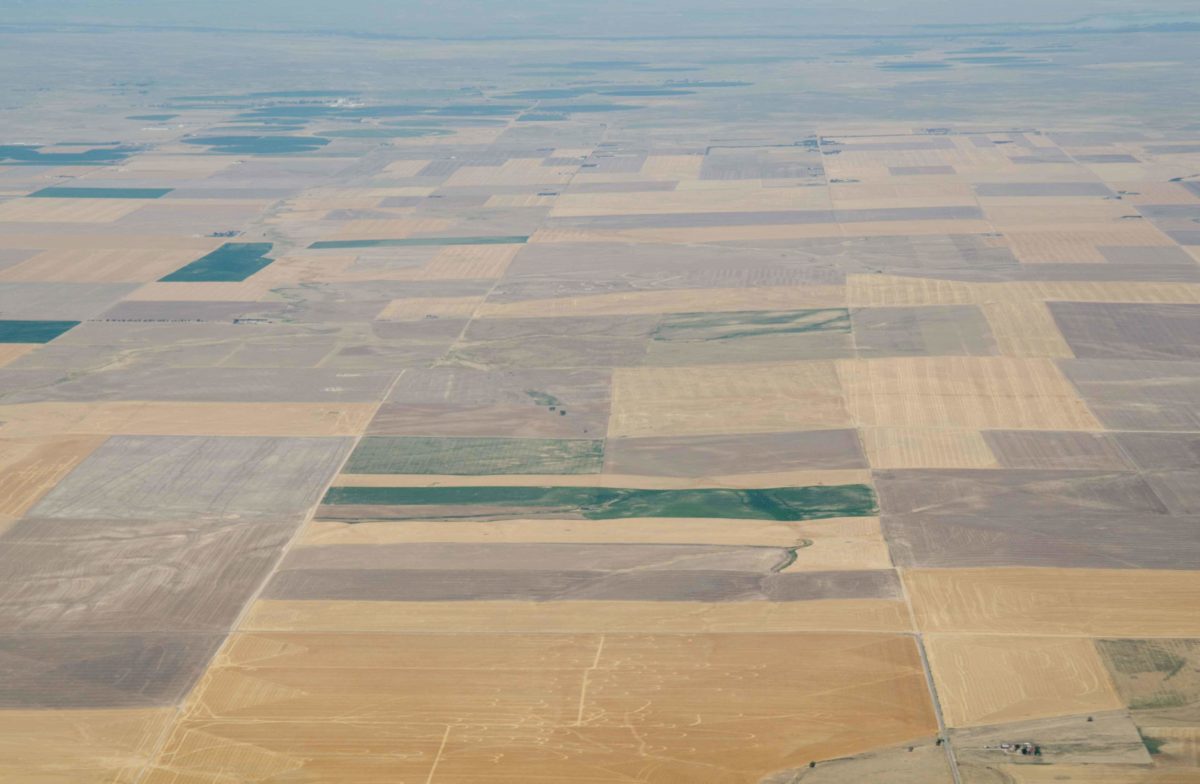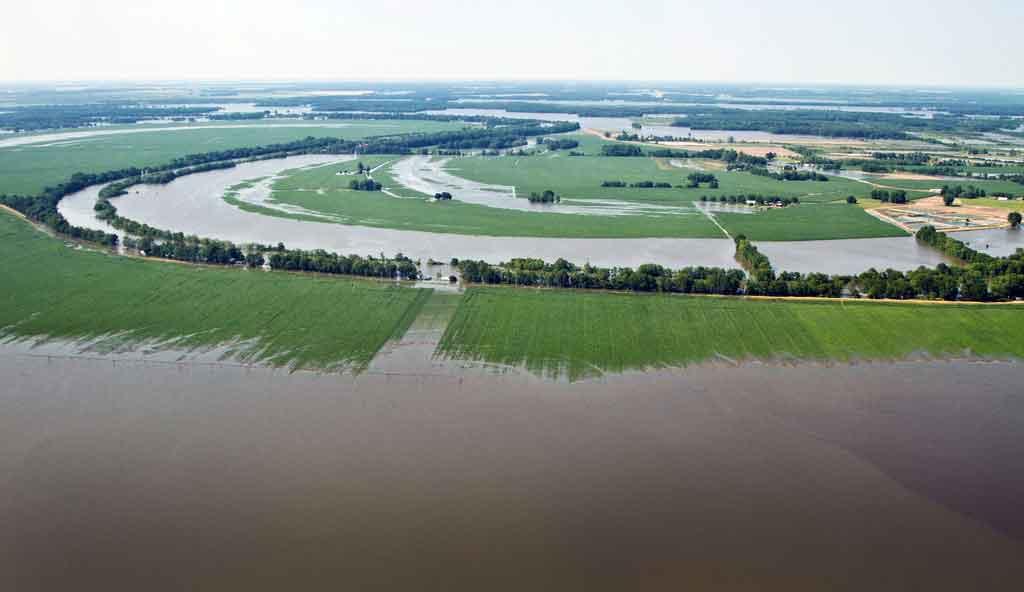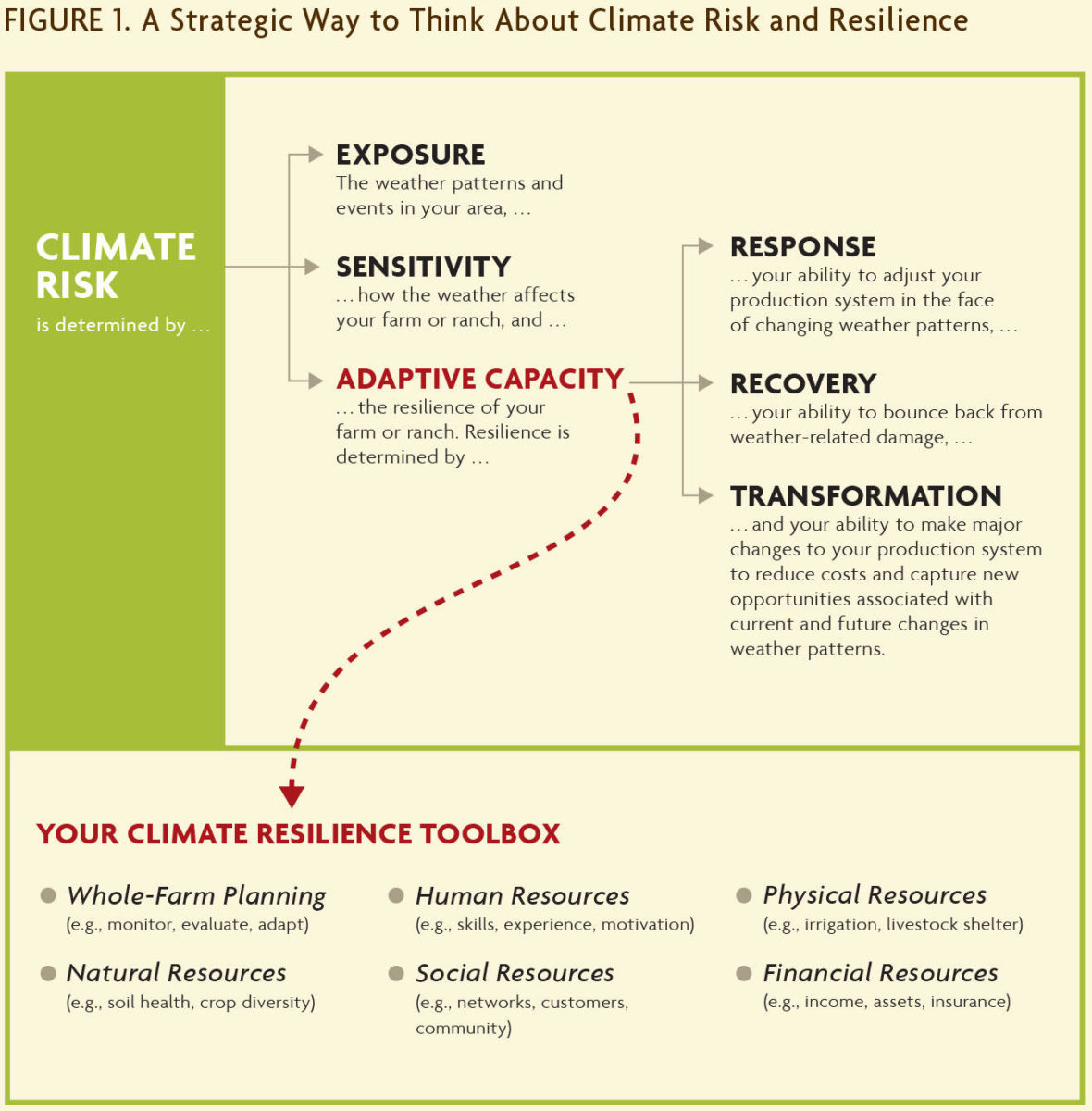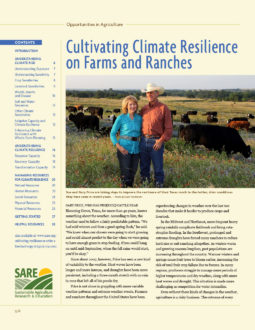
Climate risk is the additional risk to production and the farm business created by the ongoing rise in weather variability and extremes. It is expected to become an increasingly important factor in agricultural production in the years ahead. Over the next few decades, the entire United States will warm by about 2 to 4 degrees Fahrenheit. This rate of warming is substantially greater than the rate of change experienced over the course of the 20th century. There will likely be more winter and spring precipitation in the northern parts of the United States and less precipitation in the Southwest, while summer and fall precipitation is likely to remain about the same or decrease in most regions. Both the frequency and intensity of heavy rainfall events are projected to increase.
Although it can be very difficult to determine the exact influence of weather variability on year-to-year productivity and finances, you can better understand the climate risk to your operation by assessing its vulnerability to changing weather patterns and extreme events.
Vulnerability is generally characterized by three things: the weather-related challenges you are likely to face (known in climate risk management as exposure); how those challenges can threaten your operation (sensitivity); and how well your operation can both minimize weather-related damage and take advantage of new opportunities created by changing conditions (adaptive capacity). Adaptive capacity is what we typically mean when we refer to resilience. (See Figure 1.)

Examples of adaptive capacity include the ability to relocate annual crop production out of a flood plain or change to a more flood-tolerant enterprise; shift to new tree-fruit cultivars or a new fruit species with lower chill requirements; diversify crop rotations and use pest and disease forecasting; or plant a longer-season crop or an additional crop succession.
Anticipating weather-related threats and identifying the steps you can take to protect your production system by considering exposure, sensitivity and adaptive capacity will help you reduce climate risk.
For example, although no one can stop a drought from happening (exposure), you can take steps to reduce the damage it will cause your farm or ranch (sensitivity), for example by shifting to forage varieties or livestock breeds that are more tolerant of dry conditions. Likewise, in anticipation of more frequent and intense droughts, you could increase the resilience (adaptive capacity) of your operation the way Gary Price did, by improving soil health so that your soils can store more water between rainfalls.

